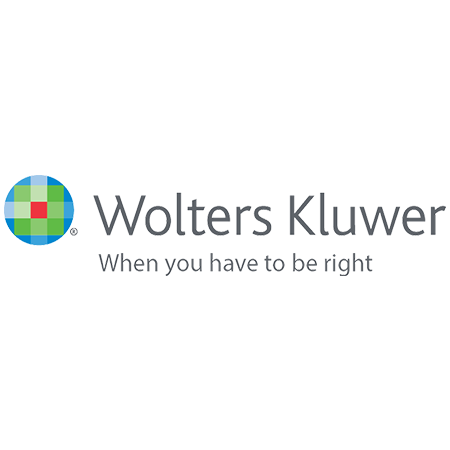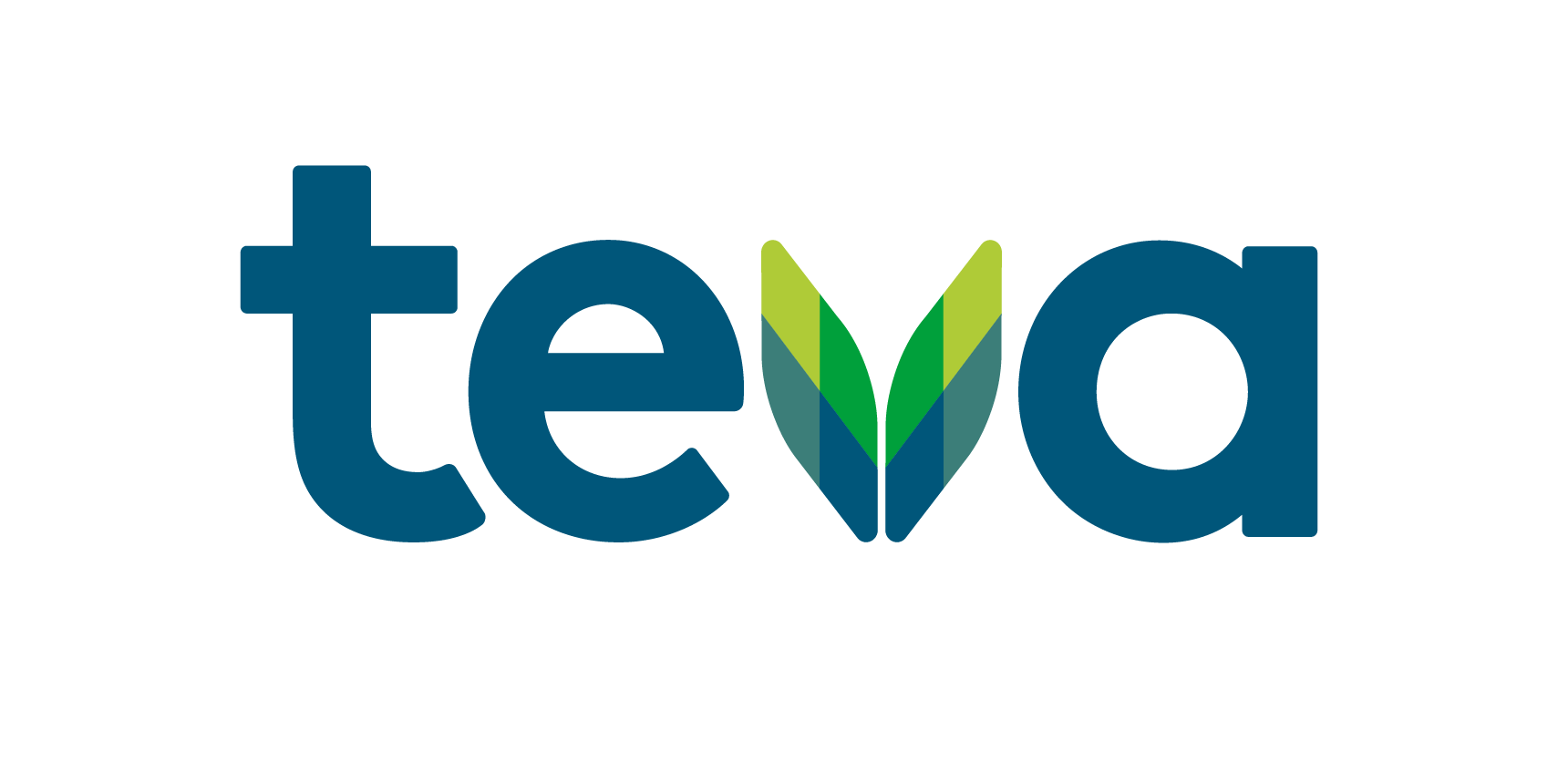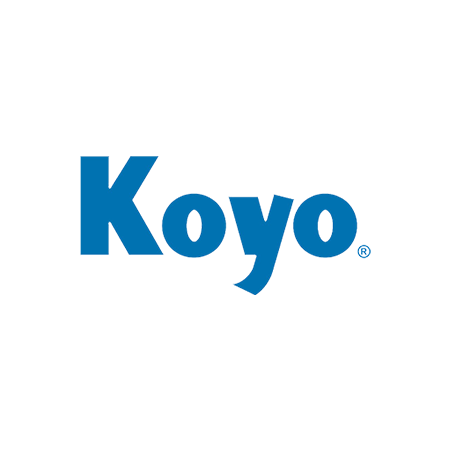Unlocking the Power of Data Annotation for Business Success

In today’s data-driven world, businesses are constantly looking for ways to extract insights from their data to make informed decisions. However, the process of analyzing and making sense of large data sets can be time-consuming and challenging. That’s where data annotation comes in, unlocking the power of your data to drive business success.
What is Data Annotation?
Data annotation is a critical process in machine learning that involves adding metadata, tags, or labels to raw data to make it more structured and meaningful. This metadata helps to categorize the data, making it easier to search and analyze. Data annotation can be used in a variety of fields, from natural language processing to image recognition.
Data annotation is a manual process that requires human involvement to create accurate and reliable results. It is a crucial step in preparing data for use in machine learning algorithms and other applications where data needs to be categorized or analyzed.
In natural language processing, data annotation involves labelling text data with information that can be used to train machine learning models. This may include identifying the parts of speech, entity recognition, sentiment analysis, and more. For example, if you were analyzing customer reviews of a product, you might annotate the data to identify the sentiment of each review (positive, negative, or neutral) or the specific features that customers are mentioning.
In image recognition, data annotation involves labelling images with information that can be used to train machine learning models. This may include identifying objects within the image, specifying the boundaries of objects, and labelling images with descriptive tags. For example, if you were training an image recognition algorithm to identify cats, you might annotate a dataset of cat images to indicate the presence of a cat within each image, as well as the specific location of the cat within the image.
Data annotation can also be used in other fields, such as speech recognition, where it involves transcribing audio data and adding phonetic transcriptions to the data. In this way, the data can be used to train machine learning models that can automatically transcribe speech.
There are several types of data annotation, each with its own methods and tools. Some of the most common types of data annotation include:
- Text Annotation: This involves annotating text data with information such as named entities, part-of-speech tags, sentiment labels, and more.
- Image Annotation: This involves annotating images with information such as object boundaries, object labels, and descriptive tags.
- Audio Annotation: This involves transcribing audio data and adding phonetic transcriptions to the data.
- Video Annotation: This involves annotating video data with information such as object labels, object tracking, and event detection.
Data annotation can be a time-consuming and labor-intensive process, which is why many companies choose to outsource this work to third-party providers. These providers employ trained annotators who use specialized tools to accurately label and categorize data, ensuring that the resulting datasets are of high quality and suitable for use in machine learning models.
Unlocking the Power of Data Annotation for Business Success
In today’s highly competitive business landscape, companies need to be agile, efficient, and accurate to stay ahead. Data annotation can help companies achieve all three of these goals, making it a powerful tool for business success.
Accuracy
One of the most significant benefits of data annotation is its ability to improve accuracy. By adding metadata and tags to raw data, you can ensure that it is correctly categorized and easy to analyze. This, in turn, helps to eliminate errors and inaccuracies that can occur when working with unstructured data. With accurate data, businesses can make better-informed decisions, reducing the risk of costly mistakes.
Efficiency
Data annotation can also improve efficiency by automating the process of categorizing and analyzing data. By using machine learning algorithms and artificial intelligence, businesses can quickly label and tag data, saving time and resources. This efficiency can be particularly valuable in fields where large volumes of data need to be processed quickly, such as in medical research or financial analysis.
Business Success
Ultimately, the goal of data annotation is to drive business success. By unlocking the insights hidden in your data, you can make more informed decisions, reduce costs, and improve customer experiences. For example, data annotation can help retailers personalize their marketing campaigns, healthcare providers identify high-risk patients, or financial institutions detect fraud.
Conclusion
Data annotation is a powerful tool that can help businesses unlock the full potential of their data. By improving accuracy, efficiency, and ultimately driving business success, data annotation is a must-have for any company looking to gain a competitive advantage in today’s data-driven world. Whether you’re a healthcare provider, retailer, or financial institution, data annotation can help you make better-informed decisions, reduce costs, and improve customer experiences. So why not unlock the power of data annotation for your business today?













